My Cultural Diet for August 2023: Tenet, Barbie, Inception, Coraline
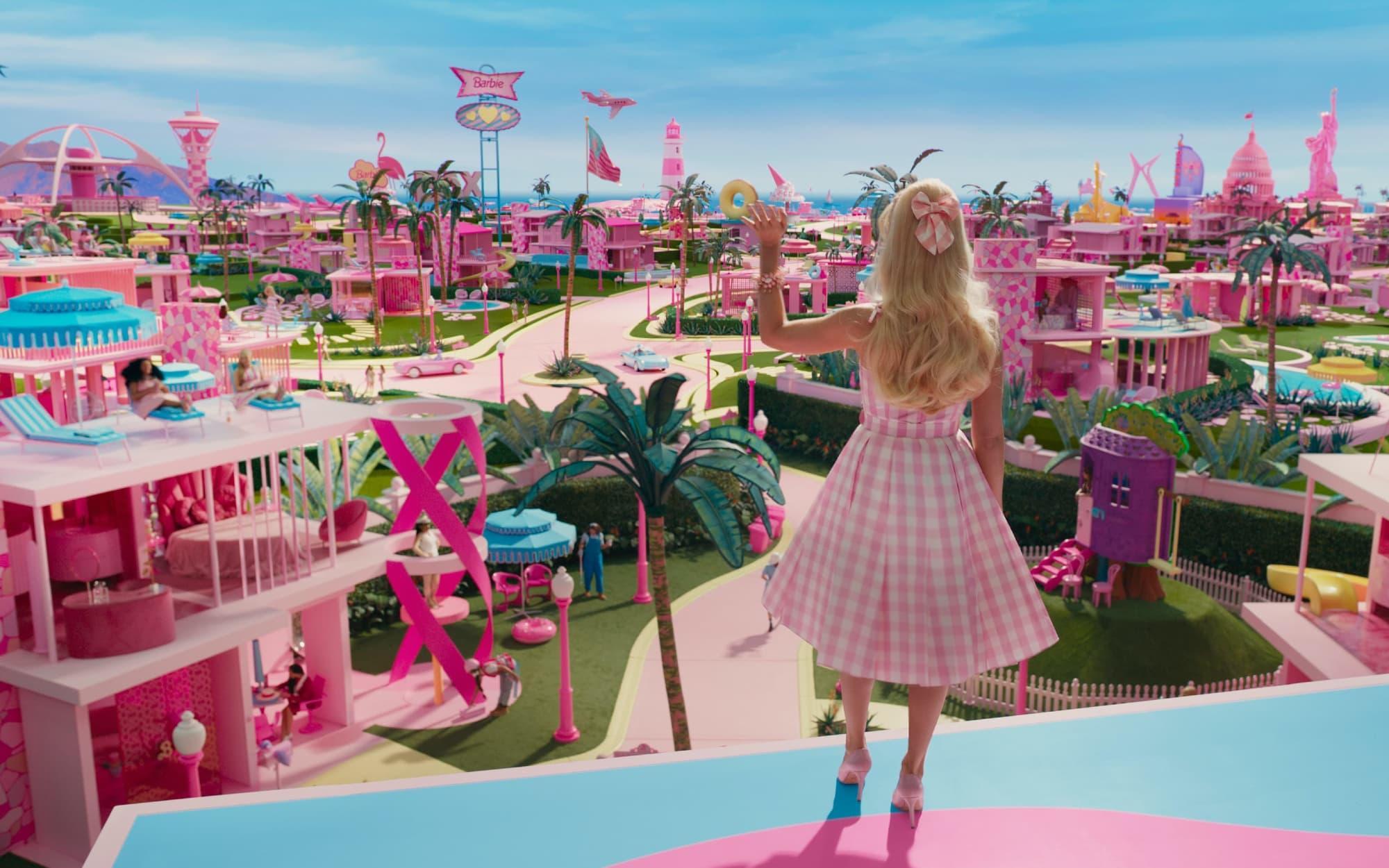
In order to better track my various cultural experiences (e.g., movies, TV shows, books, restaurants), I’ve created the Cultural Diet. Think of it as my own personal Goodreads, Letterboxd, and Yelp, all rolled into one (more info here). Every month, I recap everything that I watched, read, etc., in the previous month.
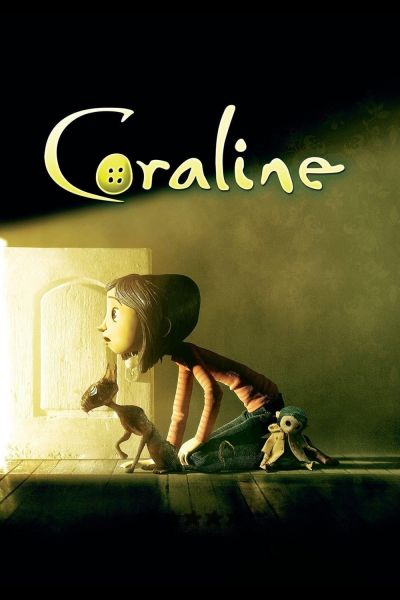
My daughter recently told me that she finally wanted to watch her first scary movie, and specifically, a scary movie with ghosts in it. After offering her several possible titles, she decided on Coraline because, and I quote, “I want to work my way up to a really scary movie.” Of course, Coraline — based on Neil Gaiman’s beloved 2002 novella — is still plenty spooky in parts as it follows a young girl who ends up in a parallel world inhabited by her “other mother,” a button-eyed woman who seems like the perfect mom until her true nature is revealed. Coraline is a feast for the eyes thanks to Henry Selick’s direction and the brilliant and extremely detailed stop-motion animation, which brings the movie’s strange world — and even stranger characters — to life. As for my daughter, she loved it, which is probably the highest recommendation I can give it.
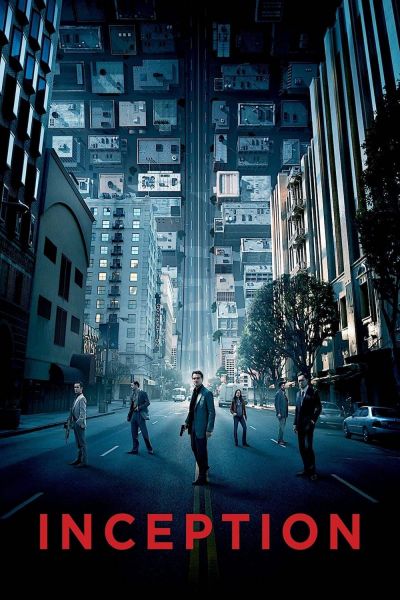
My son’s Christopher Nolan phase continues with this sci-fi/action/thriller from 2010 that gave us a famous Hans Zimmer sound effect, a couple of Leonardo DiCaprio memes, and the most famous spinning top in movie history. (OK, maybe that’s a little snarky.) My son loved Inception and found it pretty mind-blowing but I’m sad to say I found it a bit… underwhelming after all these years. There’s no denying its technical brilliance — it totally deserved that “Best Visual Effects” Oscar — but the storyline’s sense of ambition robs it of a lot of humanity. I appreciate and admire Inception for its technical brilliance — the hallway sequence with Joseph Gordon-Levitt is never not awesome — but as a narrative, it’s far more concerned with mind-bending ideas at the expense of everything else. Tenet does a much better job, I think, of managing ambitious high-concept storytelling with human emotion, due in large part to the relationship between John David Washington and Robert Pattinson.
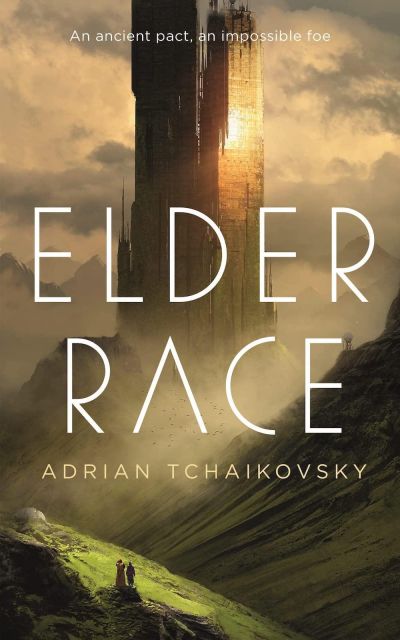
Having recently finished and enjoyed his Final Architecture trilogy, I wanted to read some more of Adrian Tchaikovsky’s work. On a whim, I picked up this novella, and saw that it was dedicated to the memory of Gene Wolfe — which struck me as a good sign. Ostensibly a fantasy story about a young, headstrong princess determined to banish the demon that’s plaguing her kingdom, Elder Race takes a sci-fi turn when the mighty wizard she turns to for help turns out to be something else entirely: an anthropologist sent to study her planet. Of course, the blending of sci-fi and fantasy isn’t new, but Tchaikovsky throws in some interesting twists, be it the trauma and loneliness of a “wizard” who fears he is the last of his kind or some particularly beautiful ruminations on the power of myths and stories to inspire, comfort, and heal us. This took me a little longer to read than I expected because I kept getting distracted with other things, but Elder Race could be a nice weekend read — if you’re looking for such a thing.
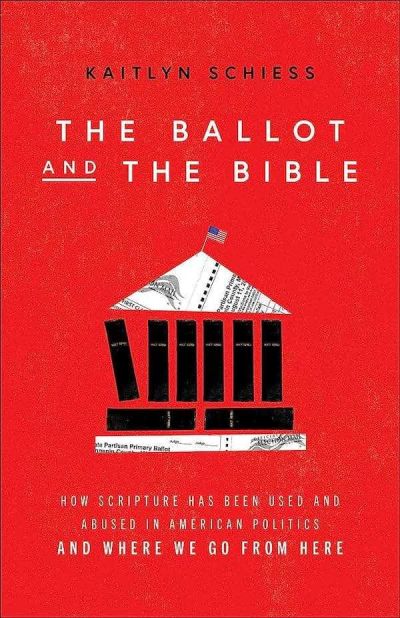
From my full review on Christ and Pop Culture: [W]hat is the goal of The Ballot and the Bible? I believe it can be summed up in a single word: humility. Schiess’s book is filled with examples of people — from all points along the political spectrum — who were absolutely convinced that they were applying Scripture to their politics in an objective manner, that their exegesis and interpretation weren’t merely correct but obviously so. And conversely, their political opponents were obviously wrong. Schiess… does explore how some interpretations were, in fact, incorrect (e.g., the South’s “biblical” defense of chattel slavery) or overly simplistic (e.g., certain conservatives’ use of Jesus’s “render unto Caesar” speech). But she also considers how there’s plenty of room for nuance, and how nuance is absolutely necessary due in part to our own limited and sinful nature, which will always “warp our moral intuition and biblical interpretation.”
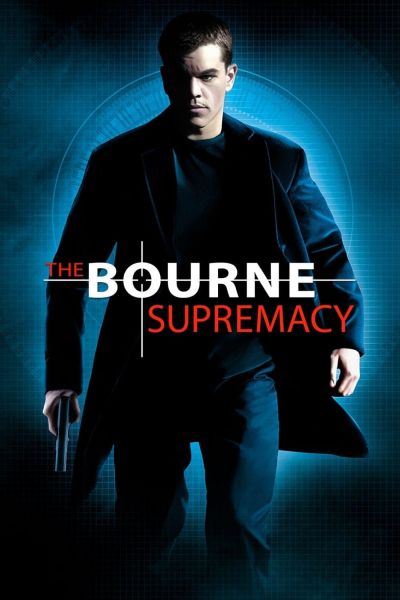
Paul Greengrass took over from Doug Liman for the second Bourne movie and famously implemented his patented blend of hand-held shaky cam footage and hyper-kinetic editing. It’s become a point of criticism these days, even self-parody. That’s especially true during the fight scenes, which cut on every single hit or kick to become a barely intelligible blur of fists, feet, and faces. At the time, however, Greengrass’ style felt raw and dynamic, with a sense of immediacy lacking in a lot of action films. Watching it now, there were moments where it was a bit headache-inducing. But I was also struck by how legible it could be (Greengrass is no hack), and how the aesthetic — which basically bombards the audience with flashes of information (e.g., a random photo, a street sign, a glimpse of someone’s face) — would almost certainly be how someone as highly trained and skilled as Jason Bourne would see the world. What’s more, it’s nice to see a movie about a government assassin who not only expresses regret for his past actions, but actually apologizes to his victims. (Though it would’ve been nice if he’d also given them the number of a good therapist.)
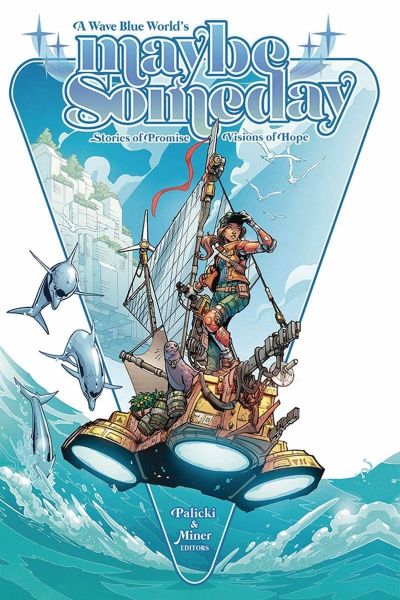
A Wave Blue World’s Maybe Someday is an anthology of sci-fi stories whose purpose is to “inspire readers and restore their belief that a better world is possible.” As you’d expect, most of the stories here are intended to be positive and, if not heartwarming, then at least a nice rejoinder to the stream of bad news and negativity that often floods our news channels, social media feeds, and inboxes. Which is all well and good, but maybe I’m just too much of a cynic because I found most of the stories slight, milquetoast, and underwhelming. There are some interesting ideas here and there, but the only story that really stuck in my head is arguably Maybe Someday’s most downbeat and nihilistic one, as it follows a lonely individual intent on ensuring that Earth’s wildlife thrives in a post-human world.
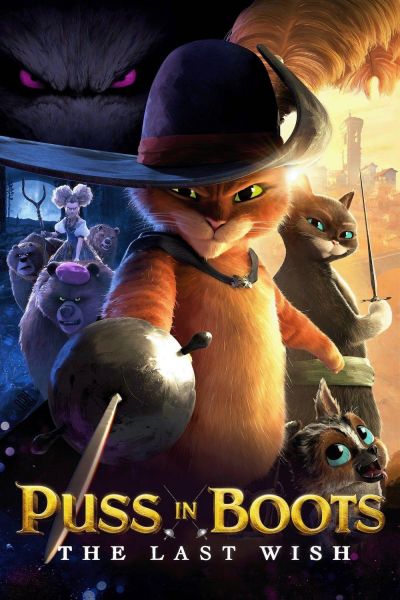
Puss in Boots: The Last Wish is worth watching for Antonio Banderas’ voice acting alone. The man deserves a “Lifetime Achievement” award or two just for how he says the titular character’s name every. Single. Time. So why not a higher rating? Well, to be honest, I didn’t find the film all that funny. I chuckled here and there, and as you can guess, I thoroughly enjoyed Banderas’ voice acting. (Actually, all of the voice actors, including Salma Hayek, Florence Pugh, and John Mulaney, did well.) But I think I went into this film expecting more belly laughs. As for the film’s deeper themes (e.g., the importance of family, the temptations of fame, confronting one’s mortality), I thought they were all handled decently; there was nothing I disagreed with. But it also felt so… obvious and anodyne. You might think I’m asking too much from a film set in the Shrek Cinematic Universe, but Puss in Boots: The Last Wish held little-to-no surprise. It’s a fine family film elevated solely by Banderas’ velvety tones.
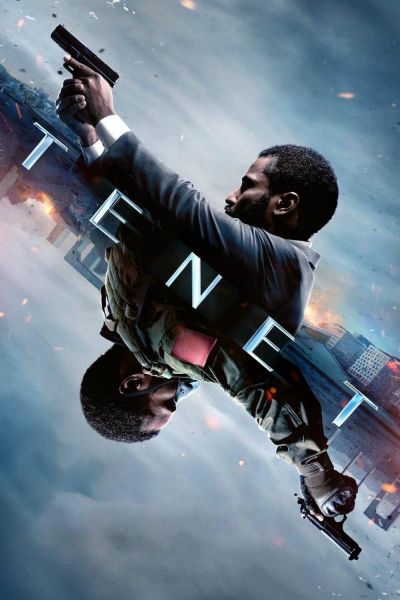
My oldest is going through a Christopher Nolan phase, so naturally we watched Tenet, which might be my favorite Nolan film. There’s no doubt that Nolan’s films aim for the cerebral (which garners them all sorts of snark and criticism), and with its convoluted plot filled with “temporal pincer movements” and discussions of free will and temporal paradoxes, Tenet might be his most cerebrally oriented film to date. But it contains some surprisingly human moments as well, be it the burgeoning friendship between John David Washington’s Protagonist and Robert Pattinson’s charming Neil (which is explored in a thoughtful article by my friend Alisa), or the Protagonist’s concern for a beleaguered woman. Plus, its convoluted plot means that I notice new details with each new viewing, which helps to flesh out the movie even more. I’m still not sure how well Tenet holds together logically (even after reading super-nerdy timeline breakdowns), but the characters’ actions and reactions sell it for me, and its relentless pace means I’m never not engaged. (And call me a fanboy, but I trust in Nolan’s meticulous attention to detail.) In the end, I guess I’m just a sucker for espionage-y stories about people who suddenly find themselves in a “twilight world” fighting a secret war unseen by the rest of the world.
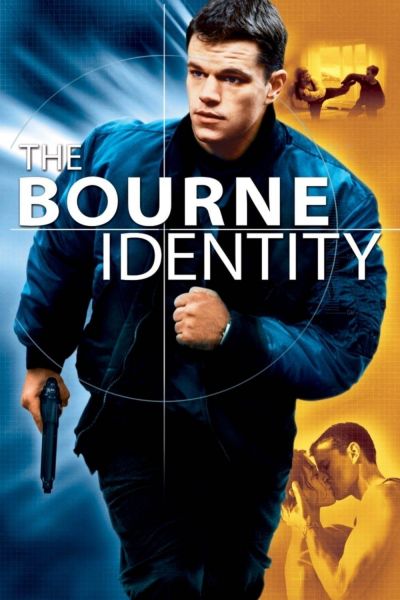
It’s hard to believe that The Bourne Identity came out more than twenty years ago; that was before my wife and I even knew each other. Matt Damon looks like a baby here, but more importantly, I was often fixated by the film’s wintry cinematography — particularly when Damon’s Bourne tracks down a rival assassin in an open, snow-covered field. I wouldn’t describe the film’s cinematography as anything special but it does possess a distinctive look that stands out against the look of today’s shot-on-digital material. It looks dated in a surprisingly pleasant way, is what I’m trying to say. The Bourne Identity has plenty of action, as befitting a film about an amnesiac government assassin, but I appreciate how it occasionally slows down and shows off Bourne’s patience and methodical nature or throws out little clues to his training and abilities (like being able to determine the best escape route just by glancing at a map). Of course, the subsequent Bourne movies directed by Paul Greengrass built on what’s shown here in remarkable fashion, and I’m excited to watch them again after so long.
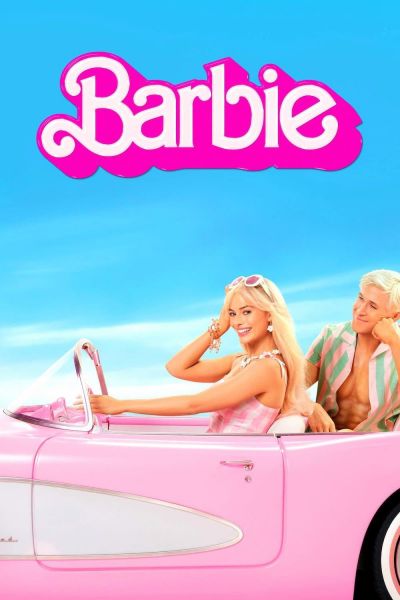
I know this is the Barbie movie, but at the risk of sounding patriarchal, can I talk about Ken for a moment? Played by Ryan Gosling with a blend of petulance, naïveté, himbo energy, and even heartache, he’s the perfect foil for Margot Robbie’s Barbie. He’s an incel with rock-hard abs, a bro so desperate for love, attention, and identity that he ends up threatening everything he claims to love. And by making him more than just a paper-thin strawman — by making his desire for patriarchy (and horses) somewhat understandable — Barbie becomes more than just a movie about a beloved childhood toy. (After all, a good heroine needs a good villain.) I was constantly fascinated by the Barbie/Ken dynamic, and I loved how the movie resolved it all. Watching Barbie, I had an experience similar to that of watching Everything Everywhere All at Once, that is, the distinct feeling that I was not the movie’s primary audience, not even close. To be sure, I found Barbie funny and even moving at times, but I know that scenes like America Ferrera’s powerful monologue hit my wife and all of the other women in the audience on a much deeper level — which is as it should be. I was glad to be there along for the ride. And to be clear, I’m thankful that the prospects of a sequel aren’t that great right now even as I hate the idea of a Mattel Cinematic Universe. Barbie should be allowed to be its own, singular thing.

Masamune Shirow’s Appleseed was one of my very first anime/manga titles back in the early ’90s, and I still have a certain fondness for it. Much of that’s due to Shirow’s mechanical designs (e.g., Briareos’ cyborg body), which have a certain organic-ness to them that still looks really cool to me (especially in the 2004 movie). That said, Hypernotes is very much for Appleseed completists only, with an 80-page story that leaves off right in the middle of the action (hence the low rating). But if I’m being honest, the only reason I checked it out was to thumb through the collection of notes and sketches of Shirow’s various mechanical designs, from the weapons employed by Briareos and Deunan to the Landmates used by Olympus’ ESWAT team.
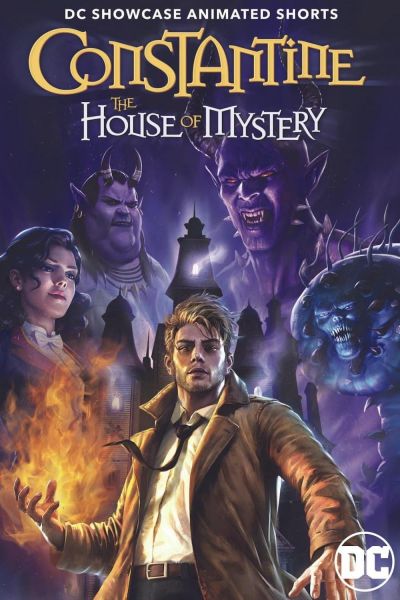
While DC’s live-action superhero titles have left me rather underwhelmed — sorry, Synder Cut fans — I’ve really enjoyed their animated titles over the years. (Justice League Unlimited is currently streaming on Netflix; go watch it!) Constantine: The House of Mystery takes place immediately after the events of 2020’s excellent Justice League Dark: Apokolips War, and finds everyone’s favorite cynical occultist trapped in the titular House as punishment for meddling with the universe. I appreciated the fact that, despite its short runtime, Constantine: The House of Mystery takes its time setting things up (with bloody and darkly humorous results). On the flip side, the short runtime means that the resolution, as well as Constantine’s final realization concerning his bastard self, feels rather perfunctory. Ultimately, Constantine: The House of Mystery is not required viewing, but it does feel like a nice little bonus for Hellblazer fans with its spin on Constantine’s conflict with the Lords of Hell.
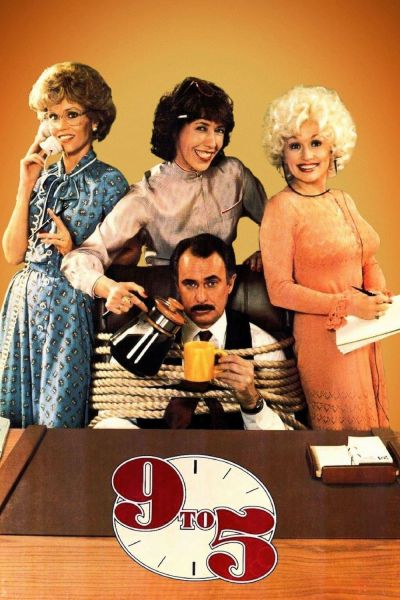
My wife recently listened to a podcast episode of Dolly Parton talking about 9 to 5 and its memorable theme song — you’re probably singing the chorus to yourself right now, aren’t you? — and so we decided to give this 1980 screwball comedy a chance. Starring Parton, Jane Fonda, and Lily Tomlin as a trio of women who’ve finally had enough of their sexist boss (Dabney Coleman, who you love to hate in this movie) and decide to put him in his place, 9 to 5 may be dated in a few places. (It is over 40 years old, after all.) But it also feels surprisingly current and relevant in this, the Year of our Lord 2023 — which is kind of sad when you think about it. Of course, being a comedy that gets a bit absurd at times, 9 to 5 doesn’t delve too deeply into matters of sexism, feminism, workers’ rights, capitalism, etc. But the issues that it raises still face us today, and some of the changes the women make to their office while their boss is indisposed (e.g., equal pay, flexible hours, childcare) still feel revolutionary and progressive today — which is also kind of sad when you think about it. Also, I can’t help wondering what a modern version of 9 to 5 would look like, were it made now in a post-COVID, post-MeToo world. Chances are, it wouldn’t be nearly as charming, not without Parton’s whimsy, Fonda’s demureness (her line about M&M’s is comedy gold), and Tomlin’s snark.
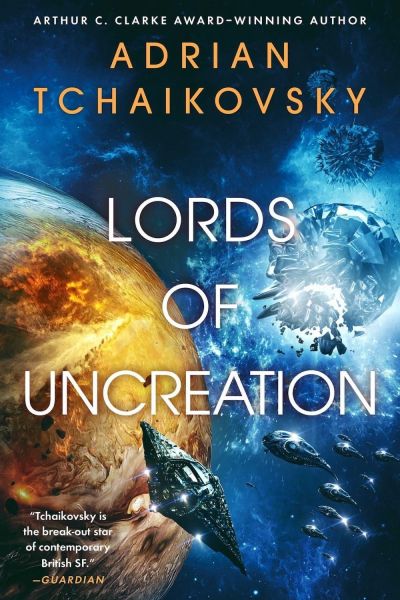
James S. A. Corey’s Expanse series remains my gold standard for galaxy-spanning space opera, but Adrian Tchaikovsky’s Final Architecture trilogy comes pretty close, with Lords of Uncreation concluding the series in suitably epic fashion. Turns out, I like my sci-fi with a touch of eldritch horror, and in Tchaikovsky’s novel, a ragtag group of humans and aliens seek access to the bizarre, otherworldly realm of unspace in a bid to prevent the galaxy’s sentient life from getting wiped out. Even better, they’re led by one of the most delightfully pathetic and sadsack protagonists I’ve encountered since The Curse of Chalion’s Lupe dy Cazaril. Lords of Uncreation does get a bit long-winded with Tchaikovsky’s repeated descriptions of the aforementioned otherworldly realm — there are a lot of explanations of just how much unspace defies explanation — but there’s also a lot of delightful and clever prose, and several moments practically had me cheering. More importantly, his cast of characters — hard-bitten salvagers, cyborgs, government agents, indestructible human-lobster hybrids, warrior clones, clam-like alien gods, and even a space lawyer — are colorful and endearing in their own ways.